The goal is not to stoke fear or play to your emotions. Instead I simply seek to point out some of the different ways Google Ads may be using dark patterns to mislead you or impeding your ability to make the best possible decisions for your business. Hopefully, this will help ensure business owners don’t unnecessarily waste their hard-earned money!
What are dark patterns? Perplexity AI provided the following answer:
“Design tactics used in websites and applications to manipulate users into making unintended decisions, such as purchasing products or signing up for services they did not intend to engage with.” What follows are a dozen discrete methods Google Ads deploys to shepherd your behaviour when engaging with the platform.
Dark Patterns within Recommendations
1. Daily Budget Recommendations
We all see plenty of recommendations to increase our daily budget, but have you ever seen a recommendation to decrease your budget? Here’s an example of a campaign that is currently performing at a $27.07 CPA with a Target CPA of $25.00 – Google’s recommendation is to triple the daily budget, which they forecast to deliver an additional +13.8 weekly conversions at an additional $713/week:
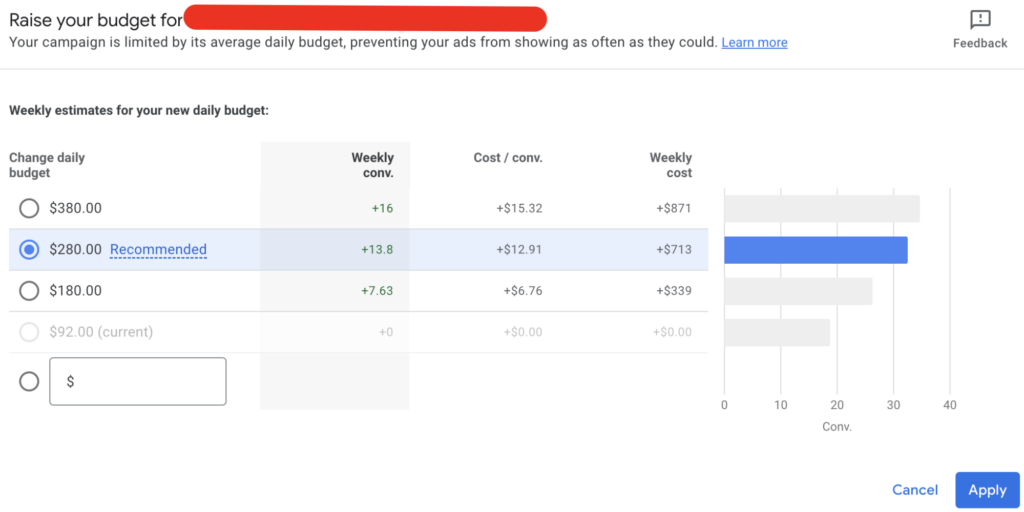
This breaks down to a CPA of $50+, which is more than 2x the Target CPA – no thanks! It’s obvious why Google would recommend you increase your daily budget – at least in terms of short-term profit – but if your $25 Target CPA represented your maximum CPA while maintaining profitability, it doesn’t make sense for you to proceed with this recommendation.
2. Keyword Bids
You’ll also see recommendations to increase your CPC bids to hit the first page (for those brave souls still running Manual CPC). This is highlighted in red text – just like an Ad Disapproval or Policy Violation – to signal that this is an urgent issue that needs to be resolved as soon as possible:

This is not an inherently bad suggestion, but have you ever seen a recommendation to lower your bid?
Dark Patterns within Default Settings
3. Network Settings
By default, Campaigns have search partners network and Display Network both enabled:
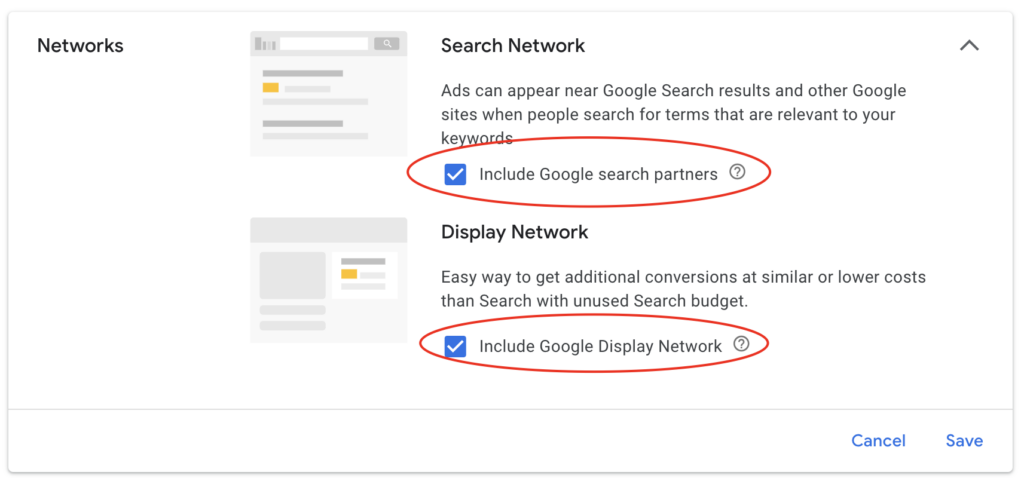
Enabling Search partners right from the start is debatable, as I’ve seen enough horror stories ($20,000 spent on search partners with 0 conversions) to recommend always starting with it disabled, and closely monitoring if you decide to test enabling this setting. The Display Network, on the other hand, should never be enabled on a Search campaign and should always be managed through a separate Display campaign, except in extremely rare instances. If you are new to Google Ads, I would always recommend starting with both of these disabled.
Pro-Tip: At MoonSauce Agency, we use Google Ads Editor to publish our campaigns. With this tool you can adjust your preferences to disable Search partners and Display Network by default.
4. Performance Max Automatically Created Assets Settings
By default, Text Assets & Final URL Expansion are both enabled when creating a new Performance Max campaign. You may not even realize it since this menu isn’t opened unless you intentionally click into it:

If you do click into it, you can more clearly see both of these settings enabled:
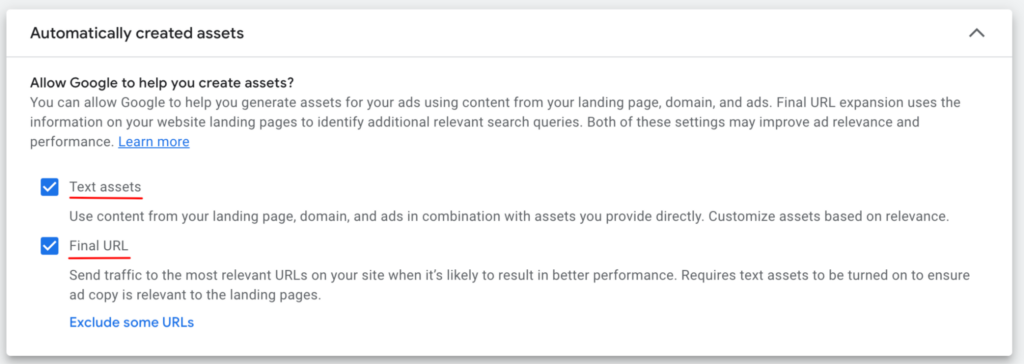
These aren’t inherently bad, but if you need to have control over the ad copy and landing pages running in your account, this isn’t for you. If you didn’t click into this more detailed breakdown, you also won’t see the ‘Exclude some URLs’ option at the bottom, which could be a nightmare if you have a high volume of very upper funnel, irrelevant content, blog posts.
5. Location Settings
Your campaigns will default to targeting ‘Presence or Interest’ which means you could be targeting anyone with an “interest” in your location:

This is highly subjective, and for larger geographies – like the United States – this could result in high volumes of traffic from different countries altogether! That might not be a terrible thing for a huge global brand, but there isn’t much of a benefit for your local plumber. At best, this setting should be tested first and monitored closely!
Pro-Tip: At MoonSauce Agency, we’ve developed an MCC-level script to notify us whenever any campaigns under our management are set to ‘Presence or interest’. This helps us stay on top of Advanced Location Settings across our entire account portfolio without needing to manually check each campaign.
6. Broad Match Keywords
This feature was rolled out this year, but some users may not know about it. Enabled by default, this means all of your keywords will be set to Broad match when you publish your campaign. Even if your campaign was set up entirely with Exact Match keywords, if you leave this setting enabled all keywords will be switched to Broad match.
This can be a disaster, especially for new accounts with no conversion history, or if you weren’t expecting it and don’t have negative keywords proactively applied. You’re able to disable this setting within Campaign Settings:

Dark Patterns within Hidden Settings
7. Performance Max Location settings
This is an even trickier variation of the Location Settings issue. For Performance Max campaigns, there is no option to change from the default Presence or Interest setting:
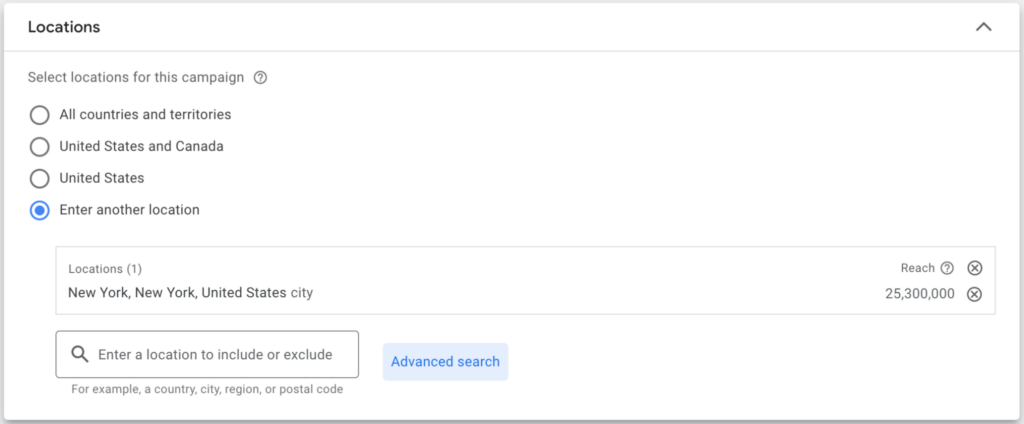
However, once you’ve published the campaign, you can navigate to the campaign settings and adjust to Presence-only:
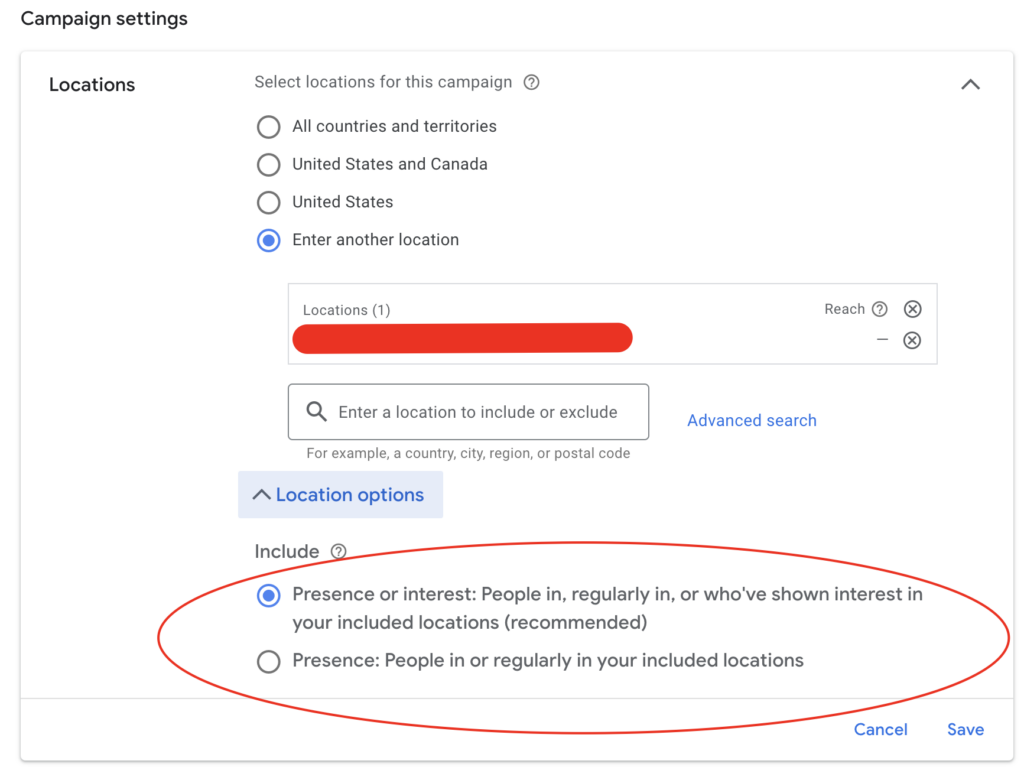
8. Auto-Apply Recommendations (AARs)
If AARs have been applied, this can be difficult to identify and you might not figure it out until changes have been made in your account. These are often some of the first things a Google Rep will recommend enabling, so it’s not uncommon for another user with access to your account to enable these without you knowing. I’ve seen first-hand how this can mess up accounts by adding poorly crafted ads, adding irrelevant keywords, & more.
To find these settings, you have to go to Recommendations > Auto-Apply Recommendations:
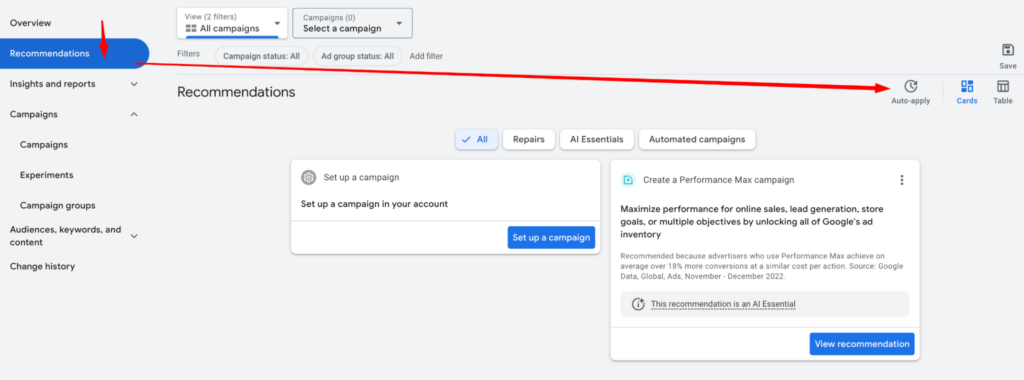
9. Account-level automated assets
If you thought AARs were difficult to find, account-level automated assets are on another level! These include features like Dynamic Sitelinks, Dynamic Callouts, Dynamic Images, & more. This can be worth testing, but I’ve also seen terrible output like using the Privacy Policy as a Sitelink, completely irrelevant Image assets, and more!
To track these down, you have to navigate from Campaigns > Assets > More > Account-level automated assets > More > Advanced Settings, partly shown below:

Pro-tip: You can use the search feature to locate these settings more easily.
10. Optimized Targeting
This hidden feature – enabled by default – allows you to expand your Audience Targeting within a Display ad group. This means it can expand your Remarketing audience to include users who have never been to your website before, which is not something you would want to try in most cases
To find this feature, you have to navigate to Campaigns > Ad Groups > select the ad group > Ad Group settings > Edit ad group targeting:
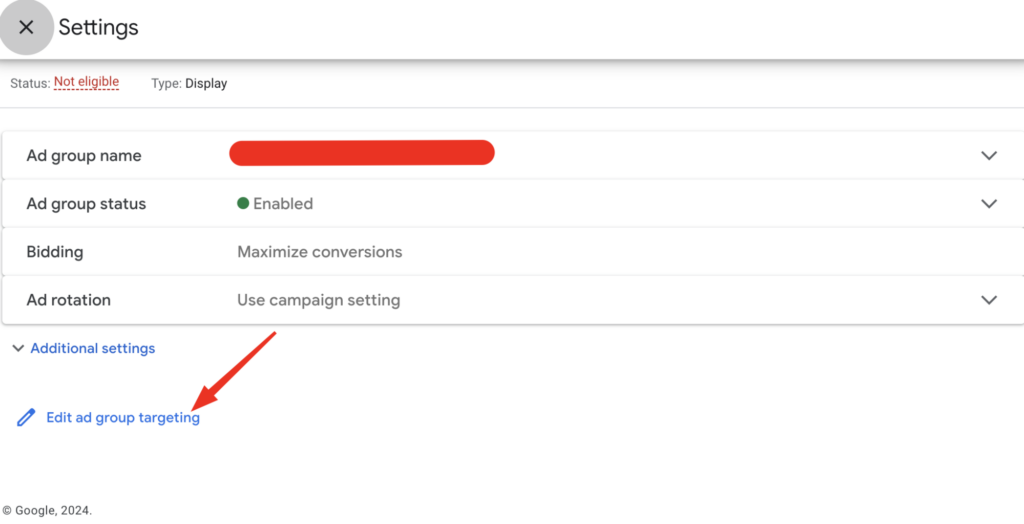
From there, you would just need to deselect the ‘Use optimized targeting’ checkbox:
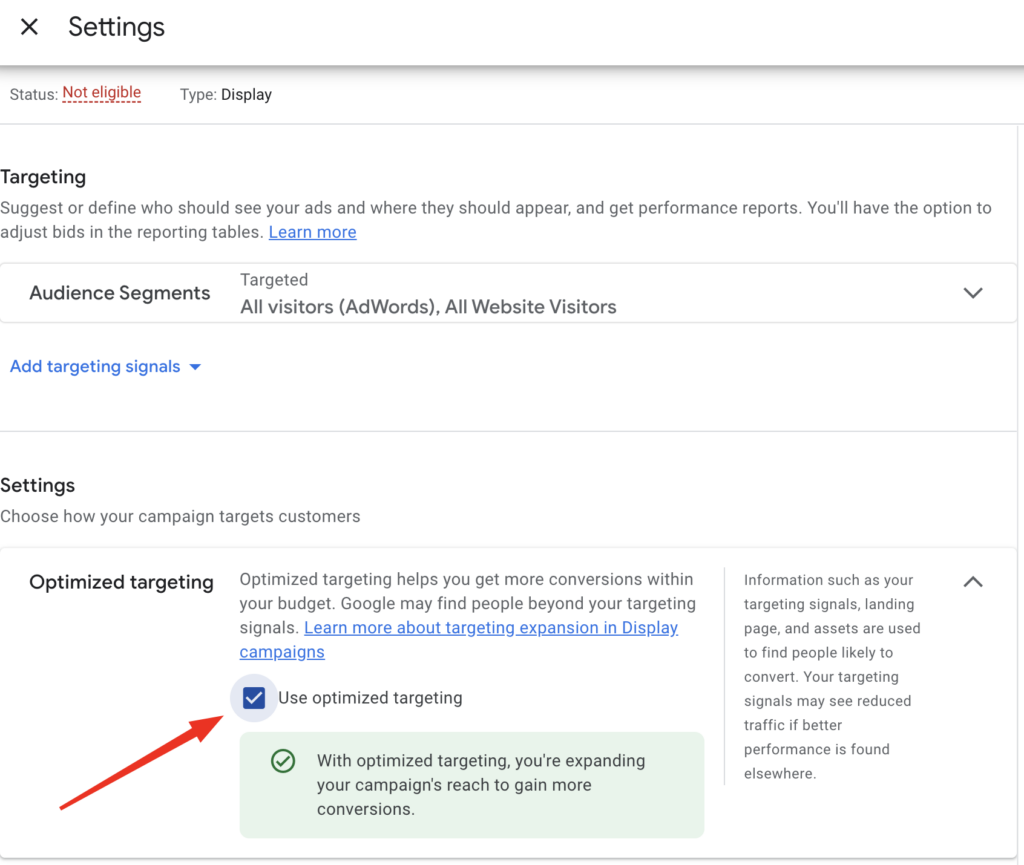
Naming Conventions
11. Communication
I recently saw the below email, where Google informed us that they had ‘Canceled’ this account after 15 months of no spend:

The term ‘canceling’ is deceptive and is much more manipulative than a term like ‘archiving’, which would be more accurate considering it only takes about 30 seconds and a few clicks to reactivate the account. By using the term ‘canceled’, less experienced Google Ads users will be more prone to panic and think that if they don’t re-launch their ads they may never be able to run on the platform again.
12. Smart Features (Smart Bidding, Smart Shopping, & Smart Campaigns)
By naming these features ‘Smart’, less savvy users will be disposed to select these options vs their ‘plain’ sounding counterparts. This clearly incentivizes users to select these more automated/AI-driven options at the expense of control. That’s not always a terrible thing, but users should keep in mind that other options may work better in some cases!
Summary
In closing, I hope I’ve illustrated why you should exercise caution when reviewing some of the settings & recommendations within Google Ads. These aren’t all inherently evil, and there are use-cases where almost all of these could make sense for your business. But, it’s clear that Google is clearly incentivizing actions that will prioritize more ad spend first and foremost, while improved business results are often just a side effect at best.
Roger Cooney has 8+ years of Digital Marketing experience spanning Paid Search, Programmatic, and Business Operations. He is Co-Founder at MoonSauce Agency & Senior Manager of Paid Search & SEO at Conduit Digital.




